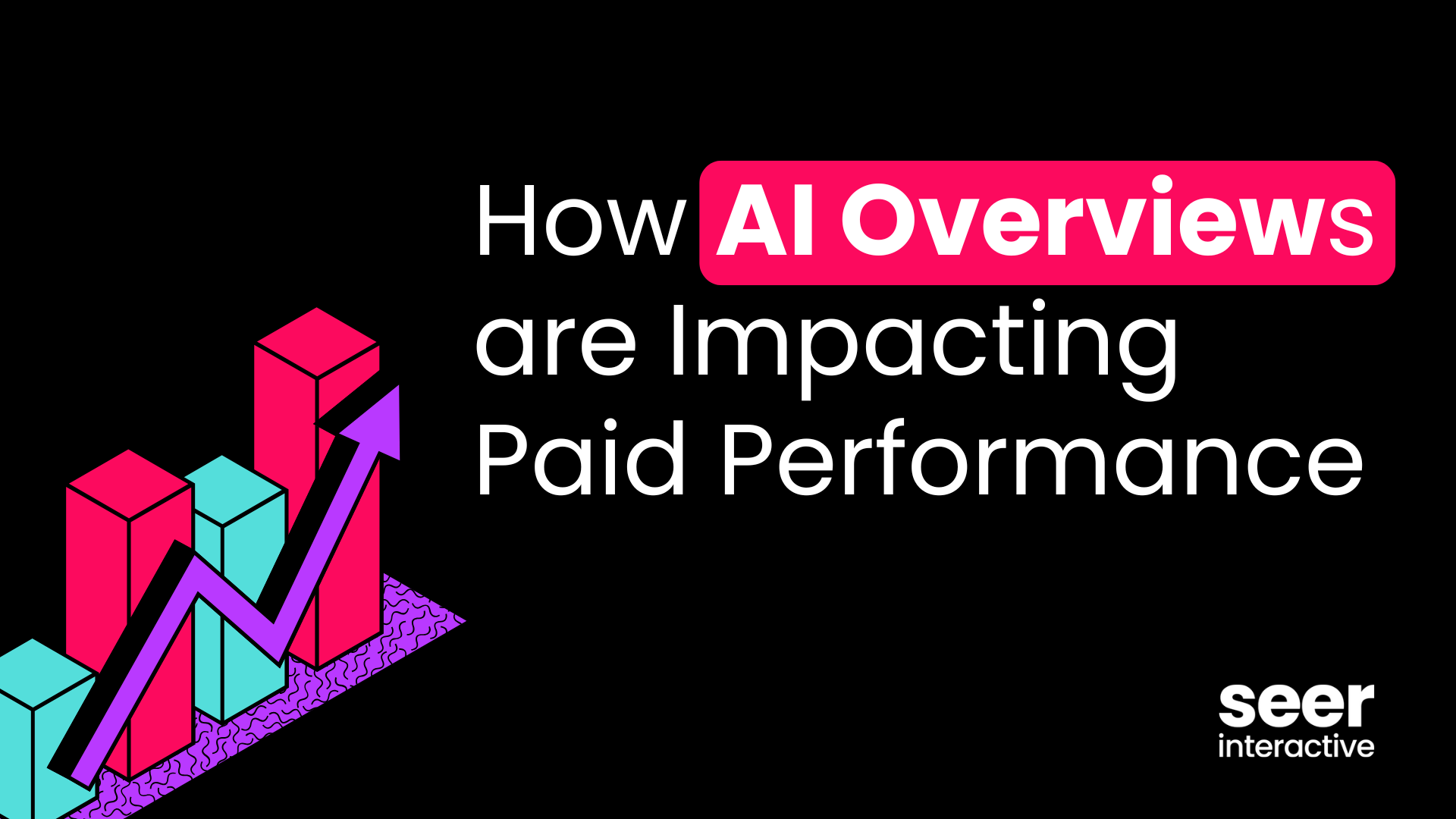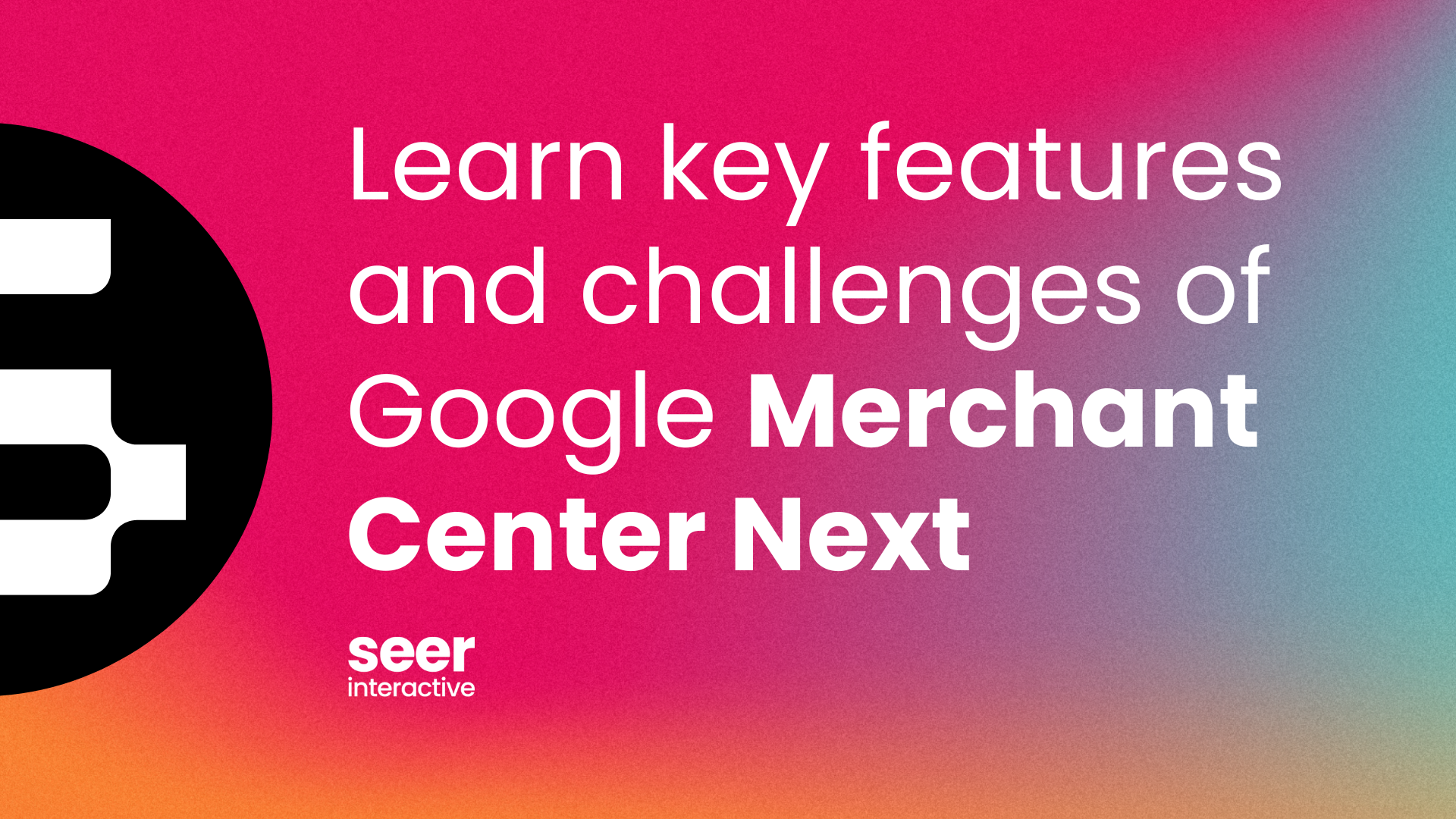How to Use Language Models to Save Your Organization’s Time and Resources.
ChatGPT: Disrupter or Buzzword?
Since its debut, there has been an abundance of speculation as to how much a tool like ChatGPT will change our lives.
Will I still have a job? Is this dangerous? Will our world ever be the same?
The answer to all of these is, well, yes… and no.
In order to better understand ChatGPTs impact, we need to look deeper into how it does what it does. Once we’ve pulled back the curtain on the methodology it uses - AI will feel less like a Boogeyman, and more like a teammate.
At its core, ChatGPT is an application that uses language modeling and artificial decision making to find patterns and make connections between phrases and concepts. This technology is available to anyone - ChatGPT just does it particularly well.
Recognizing the simplicity of it’s design allows us to stop asking questions like “who will still have a job?”, and start asking questions like “how can I eliminate the part of my job that I hate?”, “how will this make my implementation schedule more aggressive?”, and “how can I enable my organization better than before?”
At Seer, we debuted one of our own language modeling and decision making applications in 2022, the Brand Sentiment Analysis, and we used it to eliminate parts of people’s jobs that they didn’t like, while enabling their organization in ways they hadn’t thought possible.
ChatGPT: The Prompt to Content Method
ChatGPT uses the principles of AI to create a piece of content using a prompt. Part of the reason it can do this so well is the massive data pool it has access too - one that we continue to fine tune as we interact with the tool. (Thus that thumbs up and thumbs down!)
AI assisted content is certainly going to be on the upswing as organizations start to become more comfortable with tools like ChatGPT. Once more and more brands start using it, AI written content won’t guarantee a ‘leg up’ on competition competing for visibility in the same space. It will merely have contributed to saturation in the market, and competition will look congruent to how it did before its release.
Why do I say this?
Well, ChatGPT can create impressive content from a human generated prompt using information from its database, but the person operating the tool is still ultimately responsible for strategy.
There is no predictive modeling or live market integration that can assist users in writing better prompts for the product of ChatGPT to better assist in user goals. This tool cannot exist in a vacuum, and the ability to create winning, prompted content without market intelligence that surpasses your competitors is unlikely.
In 2022, we took some of the same principles used by ChatGPT, and used them to identify macro and micro trends in markets in order to better inform our clients strategy.
Enter: The Brand Sentiment Analysis.
Reverse ChatGPT: The Content to Strategy Method
For our Brand Sentiment Analysis, we took the inverse approach. Rather than looking at content as the end product, we looked to it as the source. We looked at 95,000 iterations of organic, user-generated content online, and plugged it into our language modeling code. We created this analysis to better understand what users were discussing when talking about a specific industry, as well as how our clients’ brands and their competitors fit into those conversations. This analysis acted as a fly on the wall of our client’s audience, if a fly could process millions of rows of data and spit out recommendations instantly.
We wanted to identify how prevalent different brands were in user generated content online, as well as how diverse the subject matter was where competing brands were appearing, AND how central the brand was to the conversation.
For example, when looking at a comment in a discussion forum that says “I want to work for a company that prioritizes community involvement, like Seer Interactive or the Red Cross” and a comment like “Seer Interactive brought coats to my organization for people in need”, we can see that our brand is more central to the user’s main point in the second sentence, whereas we’re supplementary in the first sentence. We wanted our language model to recognize that so we can determine users’ intent within their content.
Furthermore, we wanted to identify the actual sentiment of users talking about different subjects online. Is the feeling good, band, or something else entirely. We programmed our language model to identify different tones of conversations, and parsed them further to identify which themes were the most present in discussions by sentiment, by competitor, by platform, etc.
While ChatGPT aims to maximize the depth of an application to solve a challenge after its been identified, our approach aims at increasing both the depth and breadth of opportunities to both identify and solve challenges.
In an ideal scenario, an organization can use the Brand Sentiment Analysis, ChatGPT, and experience strategic application to maximize efficiency and work toward their goals.
Impact
Our Brand Sentiment Analysis allowed us to plug in user generated content from across the world, and instantly be able to gain insights on user needs, as well as gaps within our own strategy that we could fill.
For example, this analysis found that while users were angry about subject “x” when speaking about other competitors, it found that for our client, the most prevalent theme in angry discussions about their brand was about subject “y”. In this case, subject “x” was a very nebulous and difficult to address problem that existed across several industries. Subject “y” however, was regarding a feature that the brand already offered, but users often didn’t find out until it was too late for them to use that feature due to lack of visibility for subject “y” in their user journey.
Furthermore, because brand performance is an omnichannel asset, we were able to break down barriers between departments within our client’s organization, and create strategies that touched channels beyond digital. Among these strategies was the approval of a $1.3 million dollar investment in programming and assortment for this organization. In addition to assortment strategies, we also generated strategies for paid media, PR, customer engagement, SEO, and CRO.
Final Thoughts
Artificial intelligence certainly isn’t going anywhere, but as subject matter experts, we have to make sure we look at how and why things work, instead of admiring that things merely do work. This will enable us to ask better questions, more complex questions, and more fulfilling questions.
Dissecting processes in order to ask better questions will ultimately lead to better approaches and allow us to approach strategies never before thought possible. This is one example of how diving into the principles of AI enables us to create an application that ChatGPT can’t, and it has a multi-million dollar impact to our client.
Like I said, AI should not be seen as a Boogeyman, but a team mate, and this approach is proof that it's possible. Interested in continuing AI discussions with Seer? Let's talk!
Want more posts like this? Subscribe to the Seer Newsletter:



